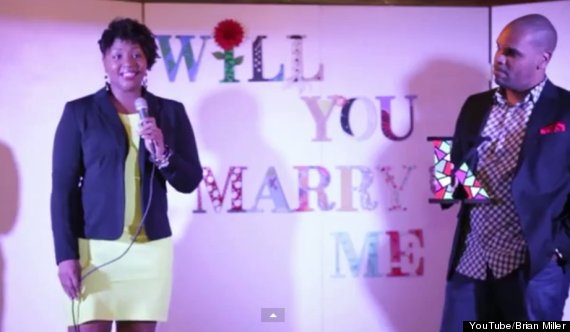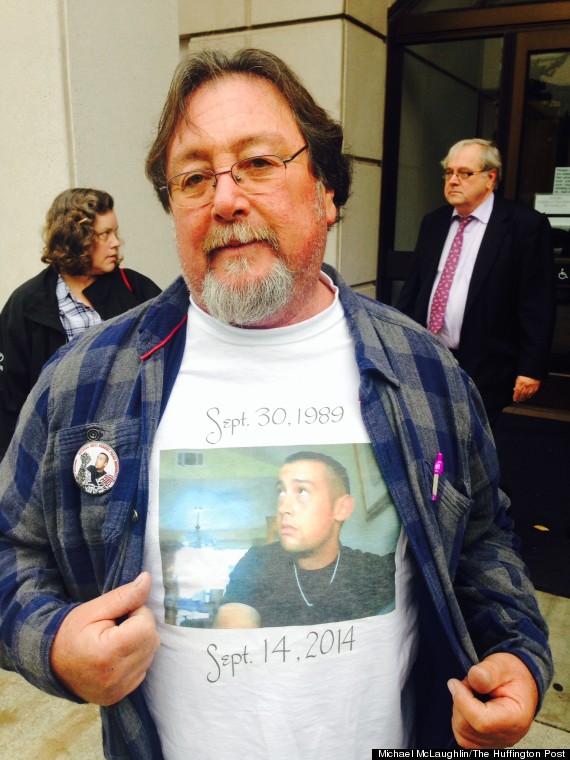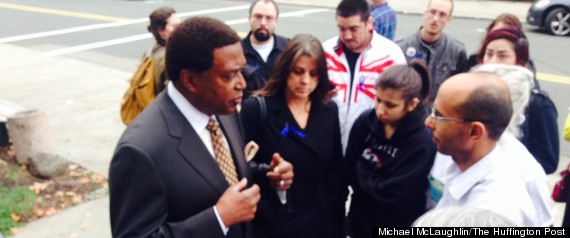In addition to details about contracts, executive salaries and unpublished scripts that have emerged from leaked internal emails from Sony Pictures, another recently released exchange between a Sony executive and a producer has brought renewed attention to another open secret: Hollywood has a race problem. In an exchange published by BuzzFeed Wednesday evening, Sony exec Amy Pascal and producer Scott Rudin run down a list of films they think the president has enjoyed — all of which prominently feature African-American actors and storylines, such as “Lee Daniels’ The Butler,” “Django Unchained” and “Ride Along.” Pascal and Rudin both issued apologies on Thursday for their comments, with Pascal describing the emails as …
In addition to details about contracts, executive salaries and unpublished scripts that have emerged from leaked internal emails from Sony Pictures, another recently released exchange between a Sony executive and a producer has brought renewed attention to another open secret: Hollywood has a race problem.
In an exchange published by BuzzFeed Wednesday evening, Sony exec Amy Pascal and producer Scott Rudin run down a list of films they think the president has enjoyed — all of which prominently feature African-American actors and storylines, such as “Lee Daniels’ The Butler,” “Django Unchained” and “Ride Along.”
Pascal and Rudin both issued apologies on Thursday for their comments, with Pascal describing the emails as “insensitive and inappropriate” and Rudin saying that the notes were “written in haste and without much thought or sensitivity.”
MSNBC host and political activist Al Sharpton released a statement Thursday saying, “What is most troubling about these statements is that they reflect a continued lack of diversity in positions of power in major Hollywood studios. The statements clearly show how comfortable major studio powers are with racial language and marginalization,” and called for studios to show a greater respect for African Americans in their hiring practices.
The practical result of current hiring practices were examined earlier this year in a study by the University of Southern California that examined 100 of the top-grossing films of 2013. The research found that only 6.5 percent of those films had a black director, and that films without a black director had black characters in only 10.8 percent of speaking parts. Black directors, however, cast black characters in nearly half of their films’ speaking roles.
“The lack of diversity behind the camera is notable as we have again demonstrated an association between the presence of a Black director and the percentage of Black characters on screen,” researchers wrote. “While this relationship may be due to the nature of the content that Black directors are given or choose to helm, adding diversity in the director’s chair may influence what we see on screen.”
In July actor Larenz Tate talked to HuffPost Live about the limitations on the types of roles that are usually available to black actors, and on the challenges that face movies that depart from those stereotypes. “What happens with movies that star African Americans or the African-American story, you get one group of directors or producers and it just stays in that lane,” he said. “And we are very diverse, our stories are very different.”
And this limited representation on and behind the screen continues despite that fact that a Motion Pictures Association of America presented data in March that shows African Americans are an increasing percentage of the movie-going audience.
More recently comedian and director Chris Rock commented in a Hollywood Reporter article on how personal relationships have had a role in his own success, noting that the chances of landing a new role as an African-American actor depends on one’s opportunities — and arguing that those opportunities are much easier to come by for white actors.
“Now I’m not [Eddie] Murphy, but I’ve done fine,” Rock wrote. “And I try to help young black guys coming up because those people took chances on me. Eddie didn’t have to put me in Beverly Hills Cop II. Keenen Wayans didn’t have to put me in ‘I’m Gonna Git You Sucka.’ Arsenio didn’t have to let me on his show. I’d do the same for a young white guy, but here’s the difference: Someone’s going to help the white guy. Multiple people will. The people whom I’ve tried to help, I’m not sure anybody was going to help them.”
Rock continued, “It’s a white industry. Just as the NBA is a black industry. I’m not even saying it’s a bad thing. It just is.”
Representatives for Rudin did not immediately respond to requests for comment.
See more here:
Sony’s Hacked Emails Highlight Hollywood’s Problems With Diversity




























